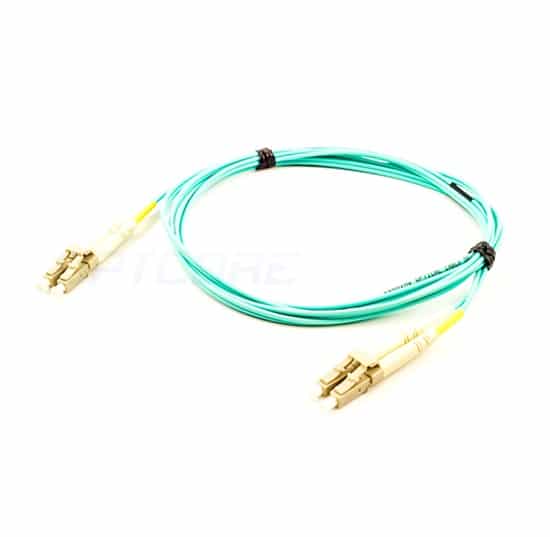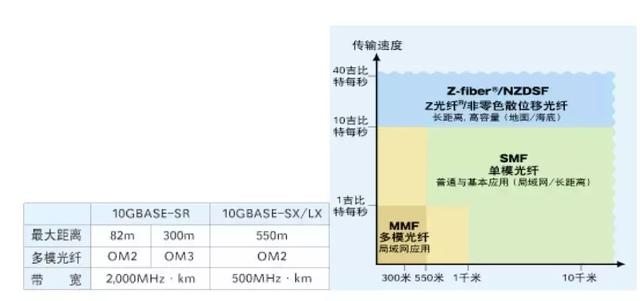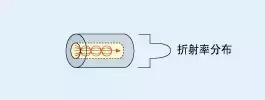
Fiber type
The following is a description of the most common types of communication fibers.
MMF (multimode fiber)
– OM1 fiber or multimode fiber (62.5/125)
– OM2/OM3 fiber (G.651 fiber or multimode fiber (50/125))
SMF (single-mode fiber)
– G.652 (dispersion non-displaced single-mode fiber)
– G.653 (dispersion-shifted fiber)
– G.654 (cutoff wavelength shifting fiber)
– G.655 (non-zero dispersion-shifted fiber)
– G.656 (low slope non-zero dispersion shifted fiber)
– G.657 (bend-resistant fiber)
As long as the optical budget allows, technically, any suitable fiber can be applied to FTTx technology, but the most commonly used fibers for FTTx technology are G.652 and G.657.
G.651 (multimode fiber)
G.651 is mainly used in local area networks and is not suitable for long-distance transmission. However, in the range of 300 to 500 meters, G.651 is a low-cost multimode transmission fiber.

ITU-T G.651 fiber is OM2/OM3 fiber or multimode fiber (50/125). There is no OM1 fiber or multimode light (62.5/125) in the ITU-T recommended fiber.
The reflectivity of the multimode fiber (50/125) core gradually changes from the center to the cladding, allowing multiple optical transmissions to be performed at the same speed.

G.652 fiber (dispersion non-displaced single-mode fiber)
The most common single mode fiber in the world. The dispersion that distorts the signal at a wavelength of around 1,310 nm can be minimized. You can use a 1550 nm wavelength working window for short-range transmission or with dispersion-compensating fiber or with a module.
G.652A/B is a basic single-mode fiber, and G.652C/D is a low-water peak single-mode fiber.
G.653 (dispersion-shifted fiber)
This fiber minimizes dispersion at around 1,550 nm, minimizing light loss.
G.654 (cutoff wavelength shifting fiber)
The official name of G.654 is a cut-off wavelength shifting fiber but is commonly referred to as a low-attenuation fiber. The low attenuation characteristics make G.654 fiber mainly used for long-distance transmission on the seabed or on the ground, such as 400 km transponder-free lines.
G.655 (non-zero dispersion-shifted fiber)
G.653 fiber has zero dispersion at 1,550 nm, while G.655 fiber has concentrated or positive or negative dispersion, which reduces the adverse effects of nonlinear phenomena that interfere with adjacent wavelengths in DWDM systems.
The first generation of non-zero dispersion-shifted fibers, such as PureMetro® fibers, have the advantage of having a dispersion of 5 ps/nm or less per kilometer, making dispersion compensation easier. The second generation of non-zero dispersion-shifted fibers, such as PureGuide® dispersion, reached around 10ps/nm per kilometer, doubling the capacity of DWDM systems.
G.656 fiber (low slope non-zero dispersion shifted fiber)
One of the non-zero dispersion-shifted fibers has strict requirements on the speed of dispersion, ensuring transmission performance over a larger wavelength range in DWDM systems.
G.657 (bend-resistant fiber)
The newest member of the ITU-T fiber family. New products based on the needs of FTTx technology and assembly applications.
G.657A fiber is compatible with G.652 fiber, and G.657B fiber does not need to be compatible with traditional single mode fiber.
Disclaimer: All information indicated as other sources is transferred from other platforms, the purpose is to convey more information, does not represent the views and positions of this site. Please contact us if there is any infringement or objection.